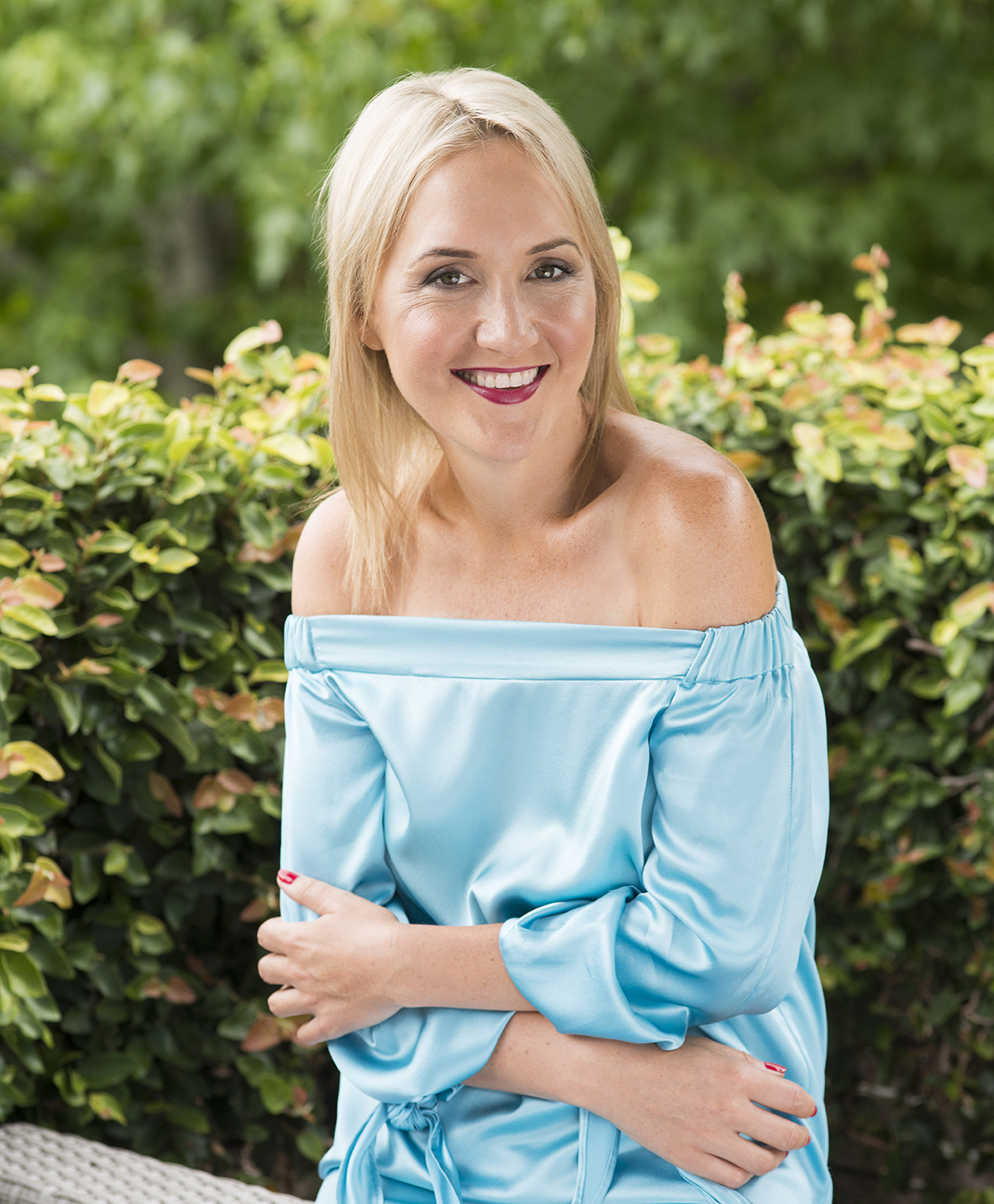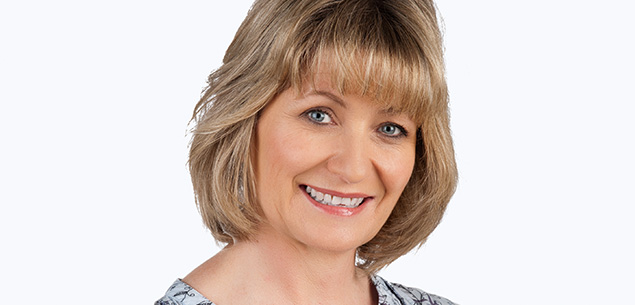Sometimes it seems as if everyone you know has breast cancer, or at least has someone close to them who does. It’s not just my imagination – in New Zealand, one out of nine woman will be affected by the disease. So it’s quite possible someone close to you could really use your support.
In the face of such a serious disease it’s hard to know what to do to be helpful without being intrusive. So how should you react?
I think the most important thing is learning to put their needs above your own. Your friend doesn’t need you to be so distraught about their diagnosis that they end up supporting you.
Of course there’s no “one size fits all” – every patient has different needs and these can change daily. But your best job description is to be someone who helps lighten the load, both practically and emotionally, and to let your friend know she’s not alone.
So many people disappear when the going gets tough – they’re scared, they don’t know what to say or do, they feel for some reason inadequate, so they avoid any contact. But it’s better to pick up the phone and admit you’re completely flummoxed. A conversation of “I don’t know what to say but I’m thinking of you” is perhaps all that’s necessary. But it is necessary.
Other things are not.
A self-help book on beating cancer may seem like a thoughtful gift, but it’s better left on the shop shelf, as this is something the patient needs to choose if they want to. The same goes for miracle cures – avoid suggestions of cure-all kale smoothies, oxygen tank treatments in Mexico and the latest feel-good cancer counter-measure from the internet. And telling someone they don’t look sick as a well-meaning compliment is not helpful. They may not even feel sick until they start treatment such as chemotherapy.
When a doctor tells a patient they have cancer, the word is so loaded and emotive it’s hard for them to hear anything else. So a supportive friend can offer to go to appointments with the patient, to take notes. There’s a lot to take in – doctors’ names, appointment times, the team members and their roles and the overall plan of action. Jotting it all down can be really helpful.
Understanding the physical changes the diagnosis manifests is also good. The side-effects of chemotherapy, surgery and radiotherapy can be vicious. Follow the schedule and keep up with the play. Know what day the treatments are – even if you’re not going with the patient, stick around, call, text or visit. And don’t lose your sense of humour – keeping that is important.
Try not to let your support taper off. Often the end of treatment is the hardest time, and when words of love and encouragement are needed most.
Your friendship also involves extraordinary diplomacy – it’s a delicate balance gauging how much to give and how much to pull back. It is up to the woman who has the illness to decide how she makes her way through it, so don’t be offended if your offer of generosity – a girls’ day at the spa or a weekend getaway – is rejected. Offer practical help, such as walking the dog, folding the laundry, restocking the fridge and filling the tins.
While not wanting to appear flippant, I’ve always thought there was never a better time to arrive with fudge. So here is my recipe for fudgy deliciousness – this is a time for small treats!

Easy microwave chocolate fudge
Ingredients:
1 can (400g) sweetened condensed milk
500g dark chocolate, chopped into small pieces
1 teaspoon vanilla
50g butter
1 Place all ingredients in a medium-large microwave bowl and cook on High for 1 minute. Stir, then microwave in bursts of 30 seconds, stirring after each burst, until smoothly melted and combined (about 4 minutes).
2 Pour into a well sprayed or baking paper-lined tin, about 20cm x 20cm, and cool.
3 Chill to set firmly before cutting into bite-size pieces. Store in the fridge. Adding 1 cup of chopped dried fruit, nuts or marshmallows before pouring into the tin makes for great variations.
For more from The Australian Women’s Weekly, follow us on Facebook or Instagram.


